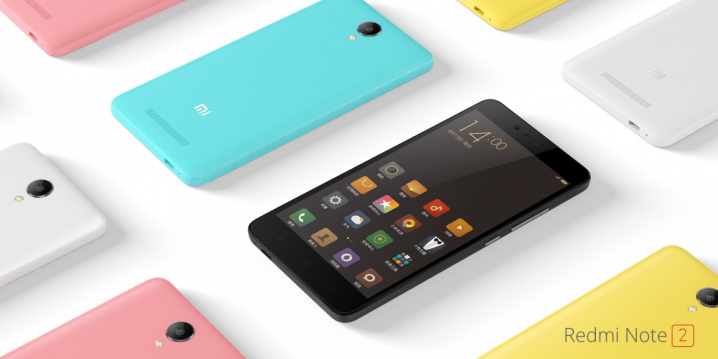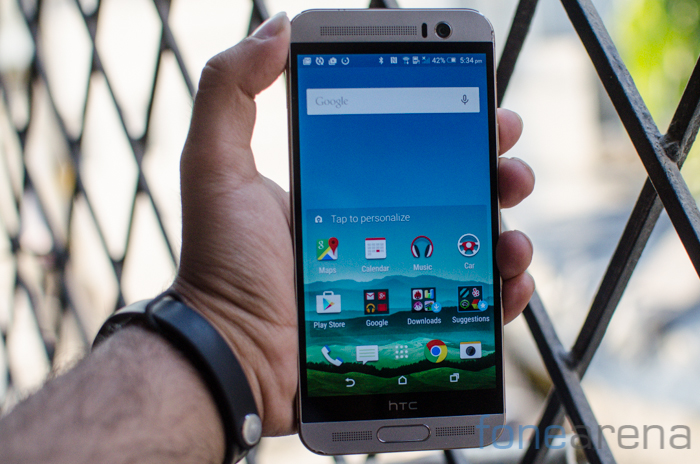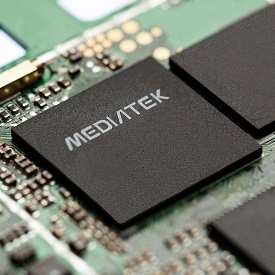
Roll on the commoditization of hardware and the progress of manufacturing processes that makes technology accessible. A point that has been advoated by me personally over the last few years and one that we as a technology forward company believe in, high quality yet low cost handsets are the future and are fast becoming the reality. With the launch of Xiaomi’s new Redmi Note 2 handset, this stand has been proven true once again.
Let’s start off with the internals first because without a solid foundation, it is impossible to deliver the most important characteristic which is the experience. The Xiaomi Redmi Note 2 is powered by a MediaTek Helio X10 (MTK 6795T) chipset. Let that sink in. An octa core beast, the chipset packs two clusters of four A53 cores each. These individual clusters can be switched on or off depending on the requirement. Clocked at 2.2Ghz, the two clusters when switched on simultaneously deliver performance that almost rivals the Snapdragon 810 which packs a combination of Cortex A57 and A53 cores clocked at 2Ghz. Indeed the chipset even manages to come close to the new Exynos chipsets out there though the performance differential remains on the higher side here. Yes, the chipset lags behind a bit when it comes to GPU performance and the PowerVR GPU isn’t really a match for the Adreno powerhouse in the Snapdragon SoCs but the difference isn’t massive. Not enough to be a detriment anyway. To put performance into hardware perspective, HTC chose to use the Helio X10 chipset in the One M9+ which is a flagship device that commands as much as Rs.38,000 in India.

The Redmi Note 2 packs the same processor. A phone priced at $125 running the same chipset as a $600 smartphone has to have a catch, right? Let’s see what else you get in the package then. There’s 2 gigabytes of DDR3 RAM, 16 or 32GB of storage, dual SIM card slots, microSD expansion, LTE and even an iR port. So, it certainly doesn’t seem that you’re missing out on hardware and we know for a fact that Xiaomi’s MIUI software is polished enough to the point that it can rival most Android flagships.

The Xiaomi Redmi Note 2 joins an increasing number of handsets that are making users raise questions at the viability and perhaps even need for a ‘flagship’ device. Indeed, commoditization has brought a level of performance and fluidity to a class of devices that we’d have balked at perhaps even an year ago. Add to that improved optics, built in storage, LTE capabilities and the incremental improvements that you see over mid-range phones have become less of a talking point. Yes, there is still a case to be made for high end devices in terms of design and use of specialized materials. The Galaxy S6 Edge is perhaps a text book example of how a phone can use unique design and a USP to make a case for itself. No longer will boosted specs which show marginal real life improvements be the selling point. Expect design and incorporation of future technologies to take much needed precedence to break the staleness that has permeated in the form of generic glass slabs for hardware. The commoditization of specifications is real and it has boosted the entire spectrum of handsets to ensure a base level of usability. Truly, Mid range is the new flagship.
